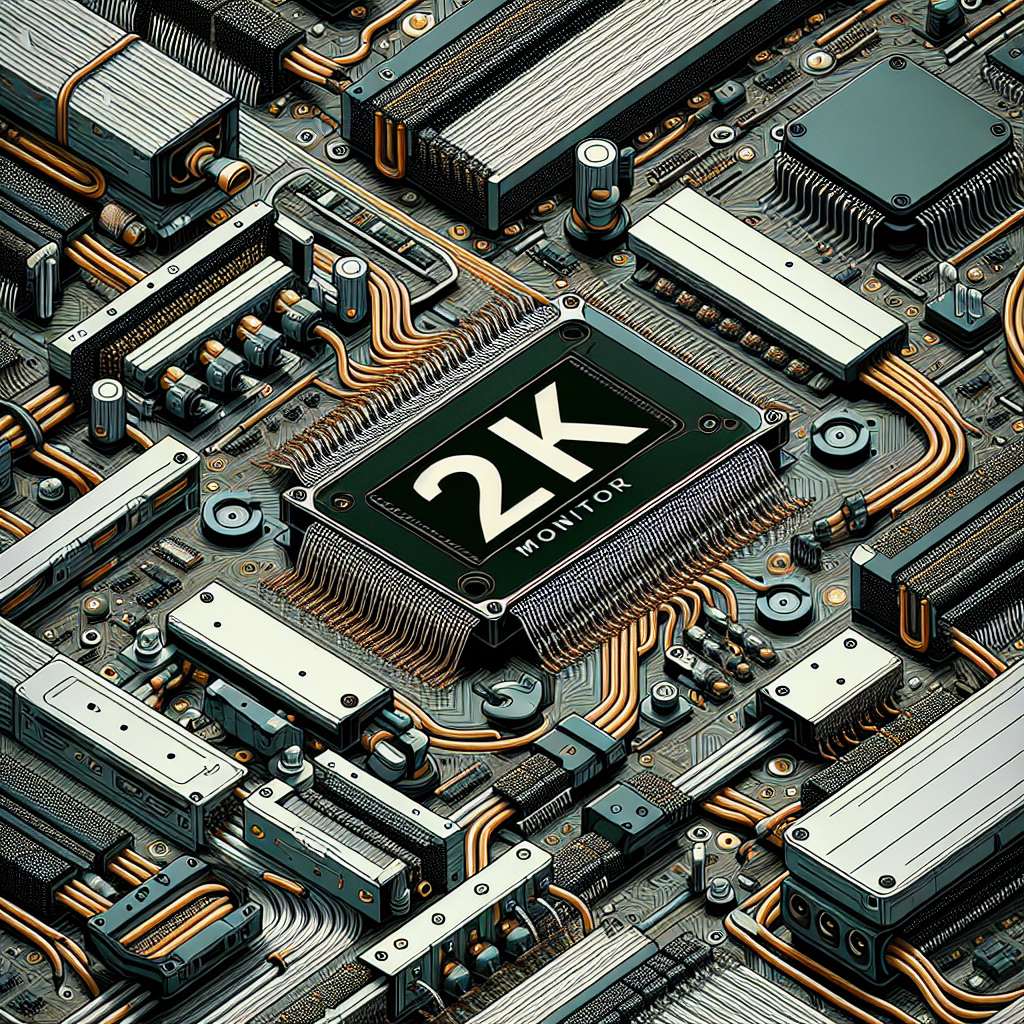Your cart is currently empty!
Breaking Down the Technology Behind 2k Monitors: What You Need to Know

With the increasing demand for higher resolution displays, 2k monitors have become a popular choice for gamers, graphic designers, and multimedia enthusiasts. But what exactly does “2k” mean, and how does it differ from other monitor resolutions? In this article, we will break down the technology behind 2k monitors and explain what you need to know before investing in one.
First, let’s clarify what “2k” actually means. In the world of monitor resolutions, “2k” typically refers to a resolution of 2560 x 1440 pixels. This resolution falls between the standard 1080p (1920 x 1080 pixels) resolution and the higher-end 4k (3840 x 2160 pixels) resolution. The term “2k” is not an officially recognized resolution standard, but it has been widely adopted in the industry to refer to this specific resolution.
One of the key advantages of a 2k monitor is its increased pixel density compared to a standard 1080p monitor. This means that images and text will appear sharper and more detailed, making it ideal for tasks that require precision and clarity, such as graphic design, video editing, and gaming. Additionally, the higher resolution allows for more screen real estate, enabling users to multitask more effectively and have multiple windows open simultaneously.
In terms of technology, 2k monitors typically use IPS (In-Plane Switching) or VA (Vertical Alignment) panels, which offer superior color accuracy and viewing angles compared to TN (Twisted Nematic) panels. IPS panels are known for their vibrant colors and wide viewing angles, making them ideal for tasks that require accurate color representation, such as photo editing and graphic design. VA panels, on the other hand, offer deeper blacks and better contrast ratios, making them a popular choice for gaming and multimedia consumption.
Another important factor to consider when choosing a 2k monitor is the refresh rate. A higher refresh rate, typically 144Hz or above, can provide smoother motion and reduce motion blur, making it ideal for fast-paced gaming and multimedia content. Additionally, some 2k monitors also feature AMD FreeSync or NVIDIA G-Sync technology, which helps to eliminate screen tearing and stuttering by syncing the monitor’s refresh rate with the graphics card’s output.
When it comes to connectivity options, most 2k monitors come equipped with HDMI, DisplayPort, and sometimes USB-C ports, allowing for easy connection to a variety of devices. Some models also include built-in speakers, USB hubs, and adjustable stands for added convenience and versatility.
In conclusion, 2k monitors offer a balance between resolution, performance, and affordability, making them a popular choice for a wide range of users. By understanding the technology behind 2k monitors and knowing what features to look for, you can make an informed decision when choosing the right monitor for your needs. Whether you are a gamer, designer, or multimedia enthusiast, a 2k monitor can elevate your viewing experience and enhance your productivity.
#Breaking #Technology #Monitors,2k computer monitor

Leave a Reply